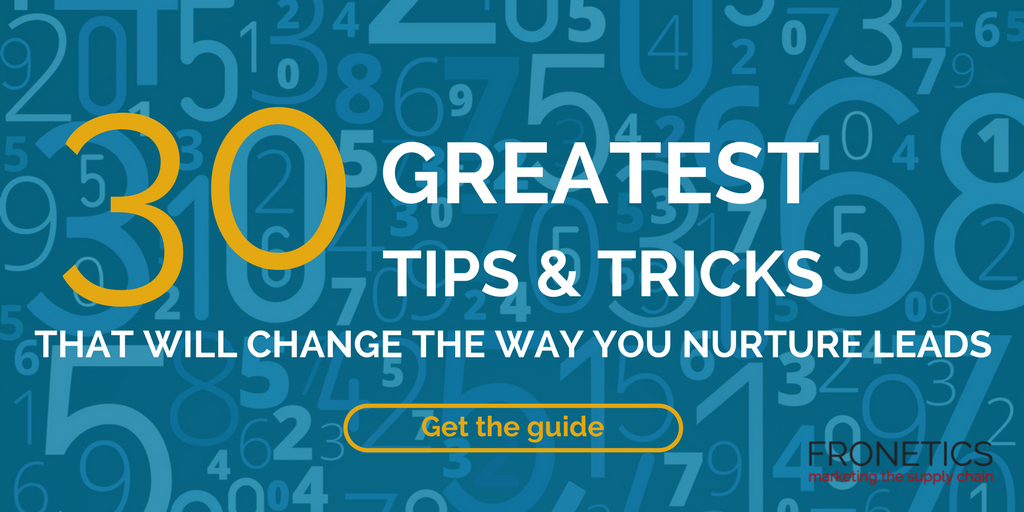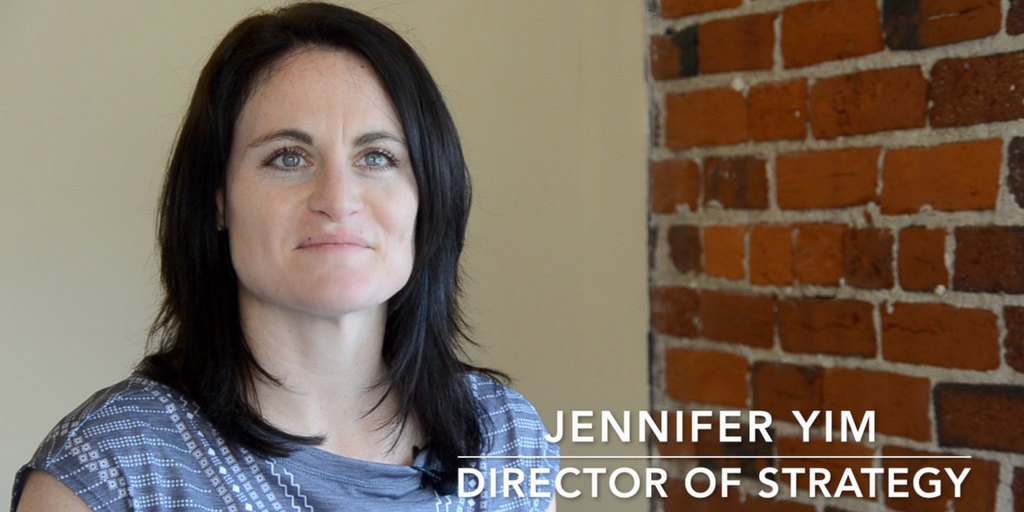
by Fronetics | Aug 20, 2018 | Blog, Content Marketing, Logistics, Marketing, Strategy, Supply Chain
Here’s a breakdown of the latest findings regarding the best time to send an email and what we recommend for getting the most of out of your email marketing efforts.
We are all inundated with daily emails. Whether it’s work emails, special offers from brands you love, or straight-up spam email, we all have inboxes full of emails – most of which will never be opened.
But, on the flip side, “email is the third most influential source of information for B2B audiences, behind colleague recommendations and industry thought leaders,” reports WordStream.
So how do you get your emails to stand out in cluttered inboxes? How do you get readers to actually open — and scroll through — your thoughtfully crafted content?
At Fronetics, we believe there isn’t a one-size-fits-all answer to what works best for email marketing. In order to be successful, you need to take into consideration:
- Who is your target audience?
- What job titles do they hold?
- What kind of devices do they use?
- When are they commuting to work?
Taking a look at the schedules and habits of your target audience will give you insight into the optimal times for readers to engage with your emails. Here’s Jennifer Hart Yim, director of strategy at Fronetics, with a look at what we recommend when trying to find your optimal time to send marketing emails.
[bctt tweet=”Taking a look at the schedules and habits of your target audience will give you insight into the optimal times for readers to engage with your emails. ” username=”Fronetics”]
Video: When is the best time to send an email?
Takeaway: Trial and error
As with most aspects of content marketing, there’s no universal answer to the best time to send marketing emails. The only way to truly know what works best for your company is trail and error. You’ll have to test dates and times to find the best time to send an email your target audience.
But keep in mind that there are other factors, aside from date and time, that affect open and click-through rates. You’ll also have to play around with frequency, subject lines, length of emails, and the overall look and feel of your email.
Have you tested your best time to send an email? What worked for your company?
Related posts:


by Fronetics | Aug 15, 2018 | Blog, Customer Service, Data Security, Data/Analytics, Logistics, Strategy, Supply Chain
Data breaches are all over the news lately, but data analytics may be the key to tighter security — and better customer service.
A growing number of high-profile organizations have been in the news recently for data breaches that put customers at risk, and the trend shows no signs of stopping. Collecting data about customers allows organizations the advantage of personalizing their services, but safeguarding that data comes with major security concerns.
[bctt tweet=”Collecting data about customers allows organizations the advantage of personalizing their services, but safeguarding that data comes with major security concerns.” username=”Fronetics”]
Data analytics, or the way organizations process the information they collect to learn about their customers, is becoming increasingly effective at de-anonymizing large amounts of data and tying it back to specific individuals. While personalized data is a goldmine in terms of marketing and services, it’s also exactly what cyber-criminals target.
But information expert Sam Ransbotham, in the MIT Sloan Management Review, says that de-anonymizing people through data analytics coud be a powerful security tool itself, and can even improve customer service along with way.
How data analytics plays into security
Ransbotham points out that authenticating identity is one of the most important parts of keeping data secure. Whether online or over the telephone, authenticating your identity usually means answering a string of questions first to identify your account and then to affirm that you are who you say you are.
Data analytics, however, offer a better way of authenticating identity. A number of companies in the banking sector have already begun to use speech processing to identify a caller’s voice based on recordings of previous telephone calls. These “voiceprints” can confirm identity almost instantly and reduce the chance of someone stealing a personal identification number (PIN).
Using an automated system of voice-data analysis gives banks the added benefit of being able to adjust their security protocols for all customer service interactions at once. This allows for faster responses to updated assessments of security threats, rather than having to re-train customer service representatives.
Customer service advantages
Instead of making callers identify themselves by answering “security challenge questions,” data analytics allows the security process to take place behind the scenes. Customers experience a more streamlined calling experience that immediately addresses their needs. They save time and are spared the hassle of answering questions to identify themselves.
Security challenge questions are, Ransbotham says, “adversarial by design. … This authentication process must begin with the assumption that the caller is a malefactor impersonating the real customer.” By performing the authentication process behind the scenes, voiceprints help re-define the customer service experience as helpful instead of combative.
Organizations, in turn, can save time on employee training. They can focus on training employees for service rather than security.
Data analytics does not have to involve a trade-off between security and service. Techniques like collecting and analyzing voice data can actually start providing solutions to some of the security concerns that data collection raised in the first place.
As Ransbotham suggests, data analytics has the potential for further applications. Voice analysis can detect speech patterns that indicate if someone is being coerced or suffering from impairment, which could be adapted for security and service purposes, too.
Related posts:
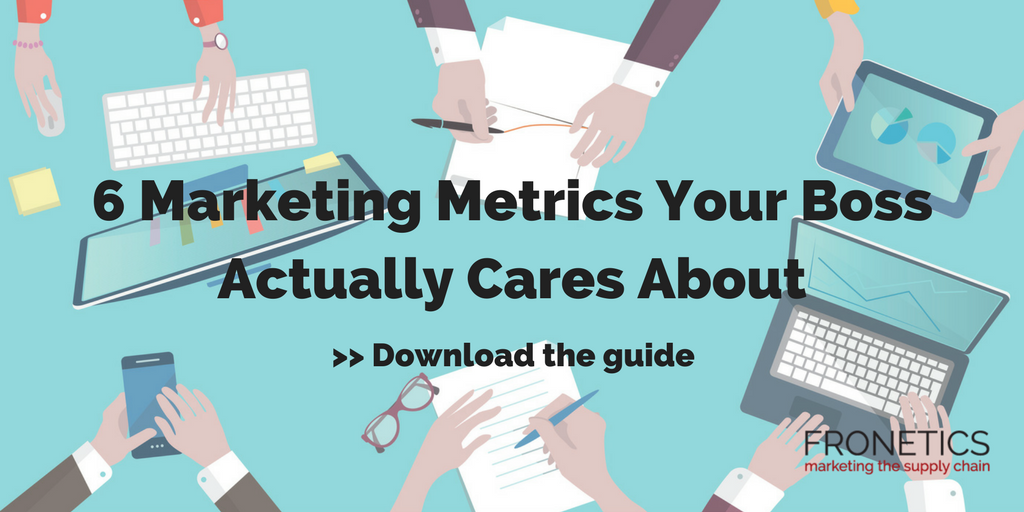

by Fronetics | Jul 25, 2018 | Blog, Content Marketing, Logistics, Marketing, Social Media, Strategy, Supply Chain
Here are 4 components of an effective lead-nurturing campaign that will entice your potential customers and have them moving down the sales funnel.
Your content marketing objectives really come down to one basic goal: to generate a high number of quality leads. These leads will help drive tomorrow’s revenue and increase sales. In fact, 85% of B2B marketers say lead generation is their most important content marketing goal.
[bctt tweet=” 85% of B2B marketers say lead generation is their most important content marketing goal.” username=”Fronetics”]
As more and more buyers discover brands before they are ready to purchase, an essential function of any marketing department is lead nurturing. That is, moving leads through the sales funnel by leveraging what’s known about their needs and online behavior.
Marketo, a marketing software company, describes lead nurturing as being “personalized, adaptive, and able to listen and react to buyer behavior in real time.”
We know that marketers need to focus their lead nurturing strategy on multi-channel engagement. This includes utilizing email, social media, blogs, and video to interact with potential customers. A multi-channel lead nurturing strategy is essential for companies looking to optimize their user experience and bring in high-quality leads.
With so many variables contributing to a productive lead-generation campaign, it can be challenging to pinpoint what differentiates a successful campaign from a mediocre one. Here are four tools that will help you deliver a series of targeted messages across multiple touch points and platforms to help solidify your lead-nurturing strategy and increase your quality leads.
4 building blocks of an effective lead-nurturing campaign
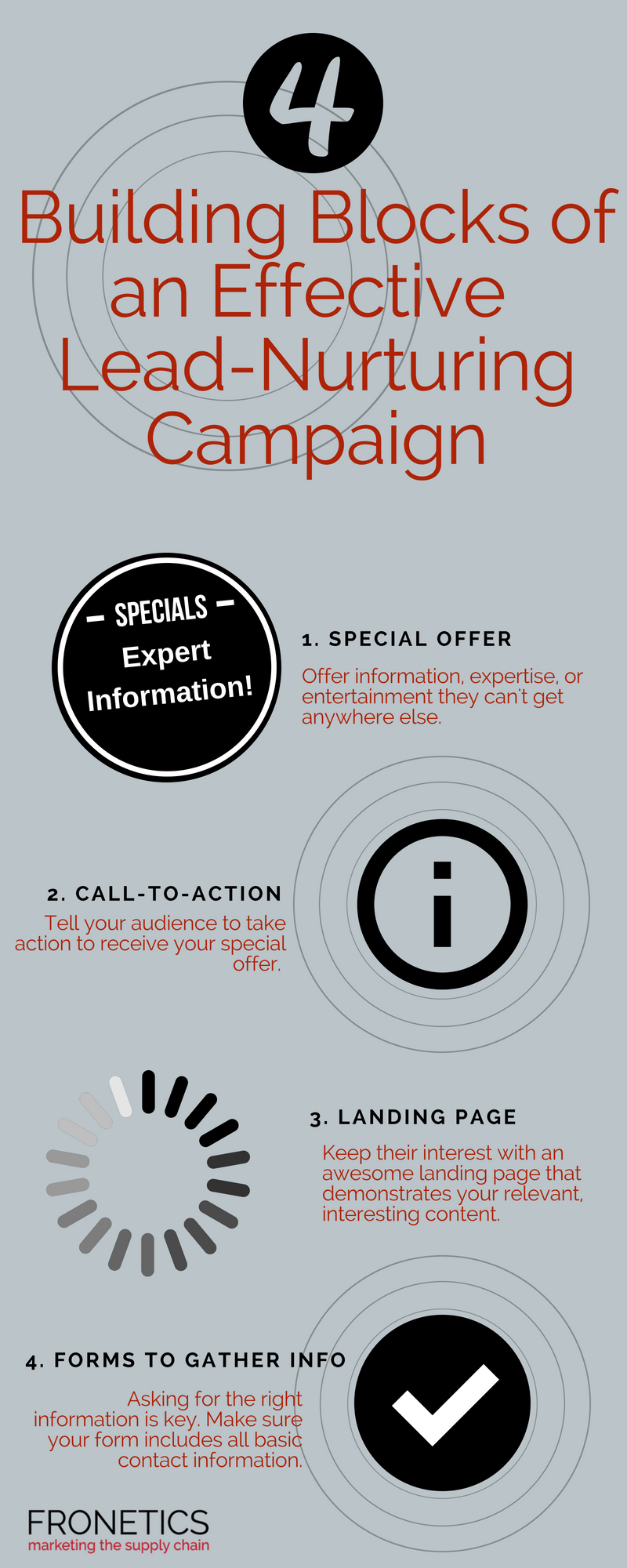
(Made with Canva)
Takeaway
Successful lead nurturing is really about utilizing all the tools at your disposal to meaningfully connect with your leads in order to build trust and establish credibility. Using these four key points, marketers can start building on their lead-generation efforts as they guide potential customers on their journey to becoming a client.
And don’t forget: Asking for the right information is key! If you want to nurture high-quality leads, you need to make sure you’re capturing relevant, helpful information along the sales journey.
Related posts:
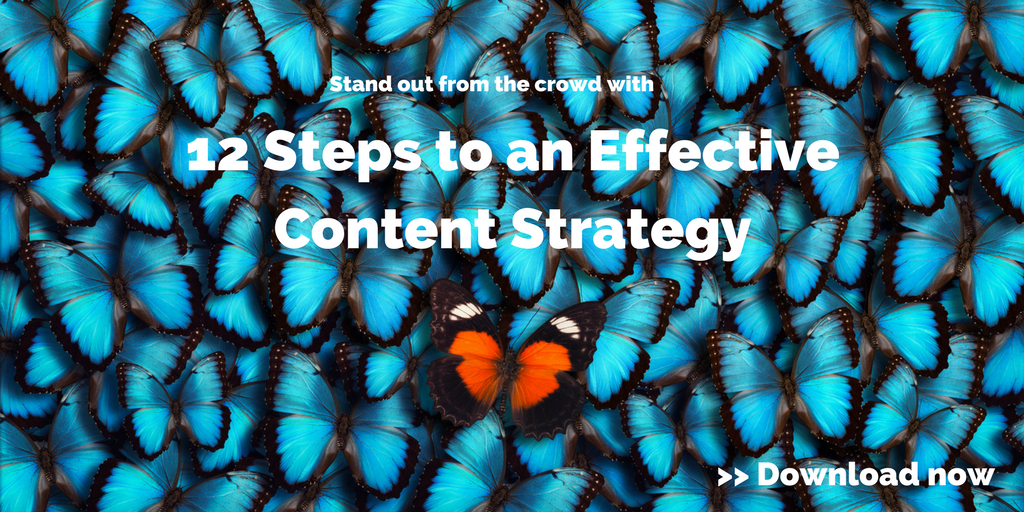

by Fronetics | Jul 23, 2018 | Blog, Content Marketing, Logistics, Marketing, Social Media, Strategy, Supply Chain
Part four in our series on effective lead generation walks you through how to create a form that converts leads, getting you the information you need without driving prospects away.
Welcome to the last installment of our series on effective lead generation and nurturing. Now that you know how to:
- Create and package a valuable offer
- Add calls-to-action that work
- Design a landing page that converts
So, what’s next? The final step in the lead generation process, and one that’s too often overlooked and undervalued, is designing a form that gets you the information you need.
It’s all in your form
When prospects get to your landing page, they’ve indicated that they’re interested in your offer. Ideally, what they find on your landing page has reaffirmed their interest. Now it’s time for them to provide you with what you’re looking for in return for the value you’re offering them: their contact information.
The information you glean from your prospects will feed into your Customer Relationship Management (CRM) or other lead management database. This means that you should essentially be retrofitting your form based on your email segmentation criteria. In other words, you want to get just the right information from your prospects that will allow you to tailor your lead nurturing to best suit their needs and interests.
[bctt tweet=”An effective form strikes the delicate balance between acquiring all the necessary information and keeping the willingness and attention of your visitors.” username=”Fronetics”]
Your head might be filling with visions of long and comprehensive questionnaires — not so fast. If you make your form too long or involved, prospects will abandon it out of impatience and frustration, or feel that you are exploiting them for more time or information than they’re willing to provide. An effective form strikes the delicate balance between acquiring all the necessary information and keeping the willingness and attention of your visitors.
3 characteristics of forms that convert leads
For this last and crucial step in your lead generation strategy, it’s all about capturing leads. So, what makes for an effective form?
1. Find the length that works for you.
Conventional wisdom would have you believe that the shorter your form the more leads you’ll get, whereas the longer the form, the better quality (though fewer) leads you’ll get. But that’s a bit of a simplistic and defeatist way of looking at it.
We think you can have your cake and eat it, too. The key is to design your form with your email segmentation criteria in mind.
Ask as few questions beyond the basics as possible to get you precisely the information you need. Your goal is richness of information, as opposed to lengthy, detailed questions. For more, check out HubSpot’s guide to creating a form.
2. Don’t frighten them away.
It may seem counterintuitive, but you should avoid using the word “submit” on your form. Nobody likes the idea of “submitting” their information.
Instead, use a phrase that demonstrates that your prospect is about to get something that they want by supplying their information. For example, “Get it free,” or, “Download now,” emphasizes what the prospect will receive, rather than what they will be giving.
3. Protect their privacy.
In the current climate, we’re all thinking more and more about how our data gets collected and shared. Make sure your prospects know that you’ll be a good steward of the information they provide you.
Add a privacy message or link to your privacy policy, indicating that their email or contact information won’t be shared or sold.
Creating forms that convert leads is the final step — though one of the most crucial — in effectively turning website visitors into prospects. If you can manage to create a valuable offer, entice visitors with a call-to-action, convince them to convert on a landing page, then present a form that encourages them to complete it (rather than drives them away), then you’ve done your job as a marketer.
Related posts:


by Fronetics | Jul 19, 2018 | Blog, Content Marketing, Logistics, Marketing, Social Media, Strategy, Supply Chain
In part three of our series on effective lead generation and nurturing, we walk you through the components of effective landing pages that convert visitors to leads.
If you’ve been keeping up with our four-part series on effective lead generation, you should be up to speed on creating a valuable offer and a call-to-action that works. The next step in a finely tuned lead generation process is a landing page that converts.
Why does my offer need a landing page?
[bctt tweet=”Landing pages are crucial, and brands miss out on opportunities when they fail to optimize them. According to HubSpot, marketers see an average 10% conversion rate on landing pages — that represents a huge amount of missed opportunities.” username=”Fronetics”]
Landing pages are crucial, and brands miss out on big opportunities when they fail to optimize them. In fact, according to HubSpot, marketers have seen an average 10% conversion rate on landing pages — that represents a huge amount of missed opportunities. Brands that have it right, those that focus on designing for conversions, reap the benefits in big ways.
Your primary objective for a landing page is to get visitors to submit their contact information in exchange for the offer. At this point in the process, your potential customer has already engaged with your call-to-action, meaning he or she is interested in your offer. When they get to your landing page, everything they find there should affirm their choice to and assure them that the content they are about to download is going to be relevant, interesting, and valuable.
Designing landing pages that convert
So what are the hallmarks of a great landing page? Starting with the basics, your landing page should briefly, simply, and clearly describe the benefits of your offer. It’s important that there be as few distractions as possible. For example, make sure the page doesn’t have a top navigation menu. Bonus points for including ways to share your offer on social media.
Additionally, you should make sure that your landing page doesn’t include links to other things on your website, as they can distract the lead and perhaps send them somewhere else on your website where they can find the information you’re presenting in your offer.
As you design your landing page, keep this checklist in mind:
- Is it clean, organized, and clearly presented?
- Is there any ambiguity about where or how leads should enter their information?
- Does it describe the benefits of my offer?
- Is it free of extraneous or distracting content or links?
- Is it mobile-friendly?
- Does it contain easy ways to share on social media?
If you follow these tips for landing pages that convert visitors to leads, we’re confident you’ll start to see an uptick in your website conversion rate almost immediately.
Related posts:
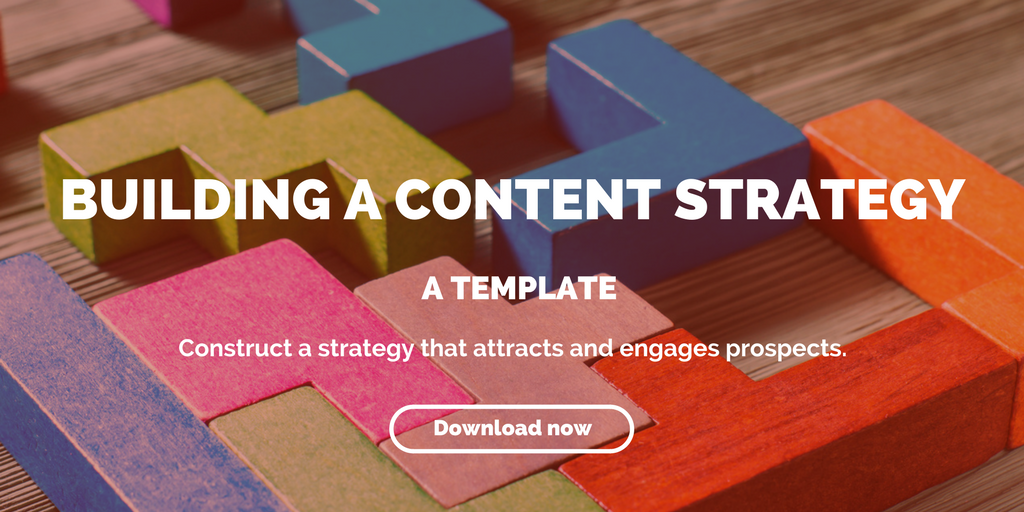
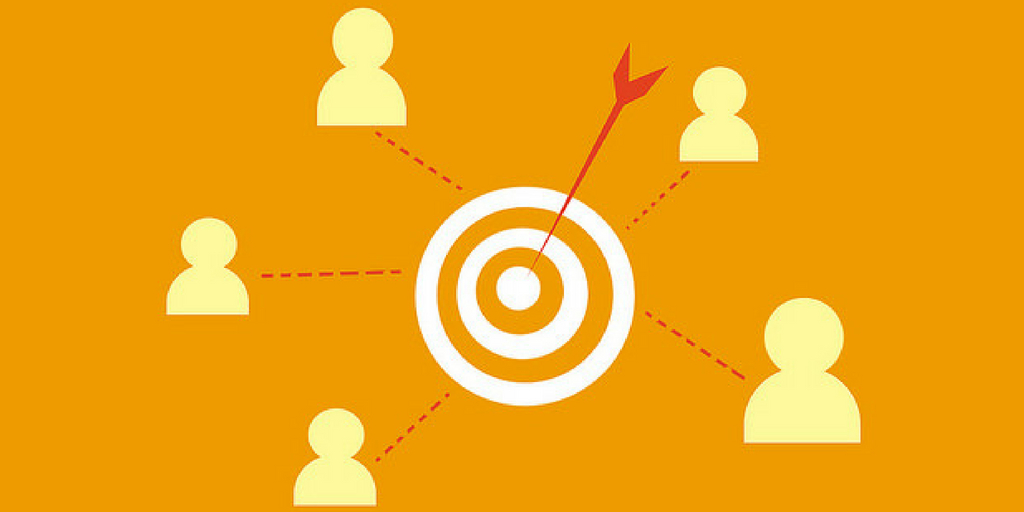
by Fronetics | Jul 17, 2018 | Blog, Content Marketing, Logistics, Marketing, Strategy, Supply Chain
The first step in an effective lead generation campaign is creating valuable offers to convince website visitors to entrust you with their contact information.
Welcome to part one of my series on effective lead generation.
In this four-part series, I’ll guide you through the four most crucial components of the creating an effective lead-generation and lead-nurturing campaign. And I’ll help you tailor your strategic marketing objectives to generate a high volume of quality leads.
Today, we’re looking at how to create valuable offers, the first step in converting a website visitor into a lead.
Offering value
To generate a lead, you need to convince visitors on your website to give you their contact information — and this takes work. You can’t simply expect them to generously hand over their personal information. (Don’t we all get enough emails?!) This means you need to tempt them with something they really want, which you give them in exchange for their contact info.
You may be asking, what will my audience find valuable? And this is where your content comes into play.
[bctt tweet=”Well-written, high-quality content is always more effective at generating leads than an overt sales pitch.” username=”Fronetics”]
One of the fundamental principles of content marketing is that your expertise is just as valuable as your products and services. Well-written, high-quality content is always more effective at generating leads than an overt sales pitch.
Creating valuable offers
When designing your content, keep these three questions in mind:
1. What does my audience need?
It might seem like a basic consideration. But before you jump with both feet into creating an offer, take a step back and really consider the needs of your audience.
This is a good time to check out other industry blogs, social media, and online forums like Quora. What kinds of questions are your prospective buyers asking? What problems are they facing, and how can you help them?
2. How do I best serve the information I’m presenting?
Once you have a clear, well-researched idea of what your audience needs, think about what format best serves the content you’ll be offering them.
Depending on how your information should be structured, valuable content offers could be industry reports, guides, infographics, free consultations, product demonstrations, discounts, or webinars. You’ll often find that you can repurpose your existing content into an exclusive new, valuable offer.
3. How do I let my audience know that my offer is valuable?
So you’ve figured out what your audience needs, and created and structured a content offer to meet that need. Now it’s time to let your audience in on the secret.
The higher the perceived value of an offer, the more irresistible it becomes. And a big part of what we perceive to be valuable is about exclusivity and high demand.
To create this feeling of exclusivity and demand, use elements like:
- Limited-time offers
- Limited quantities
- X number of people have seized this offer
- Content that matches current trending topics
- A title that hooks interest
When you create an offer that your target audience perceives as truly valuable, your lead-generation efforts will begin to grow exponentially.
What tips do you have for creating valuable offers? Want to learn more about the crucial components of the creating an effective lead-generation and lead-nurturing campaign? Here’s the rest of the posts in our series:
Related posts:
